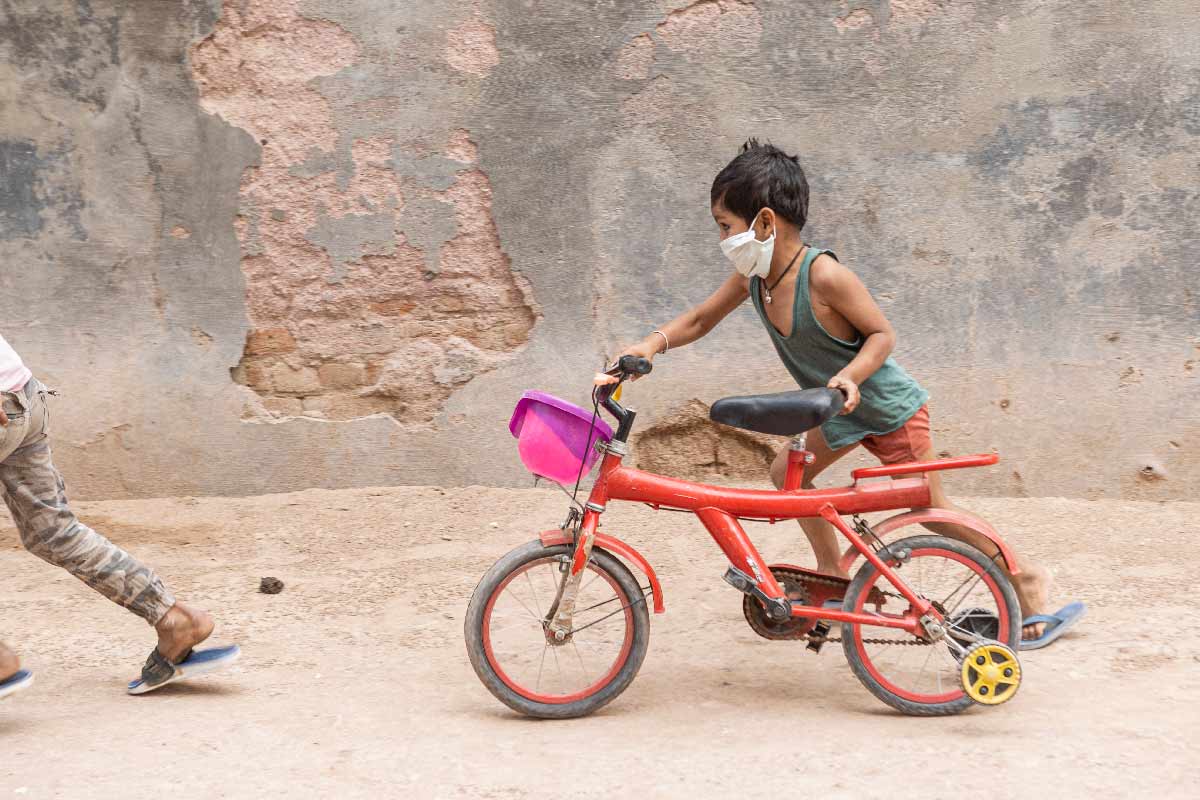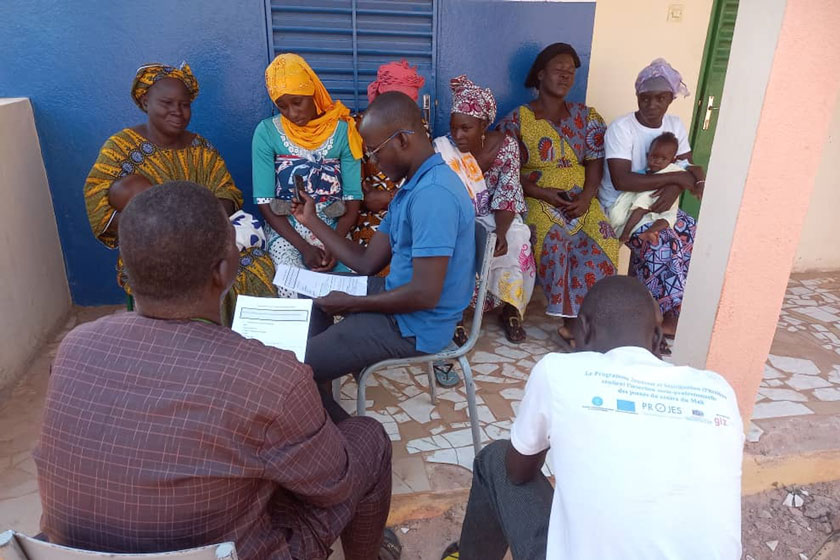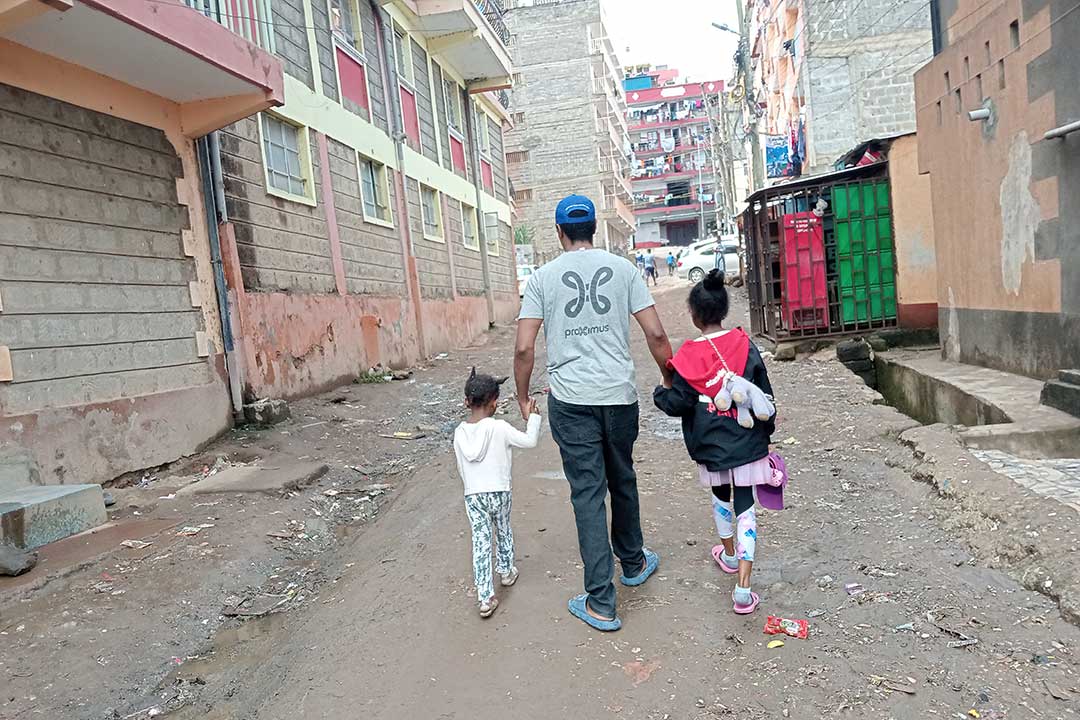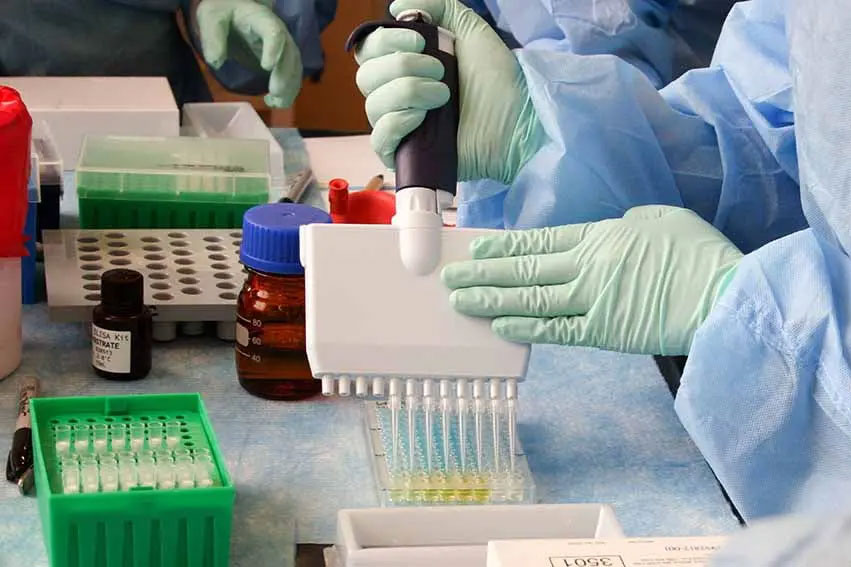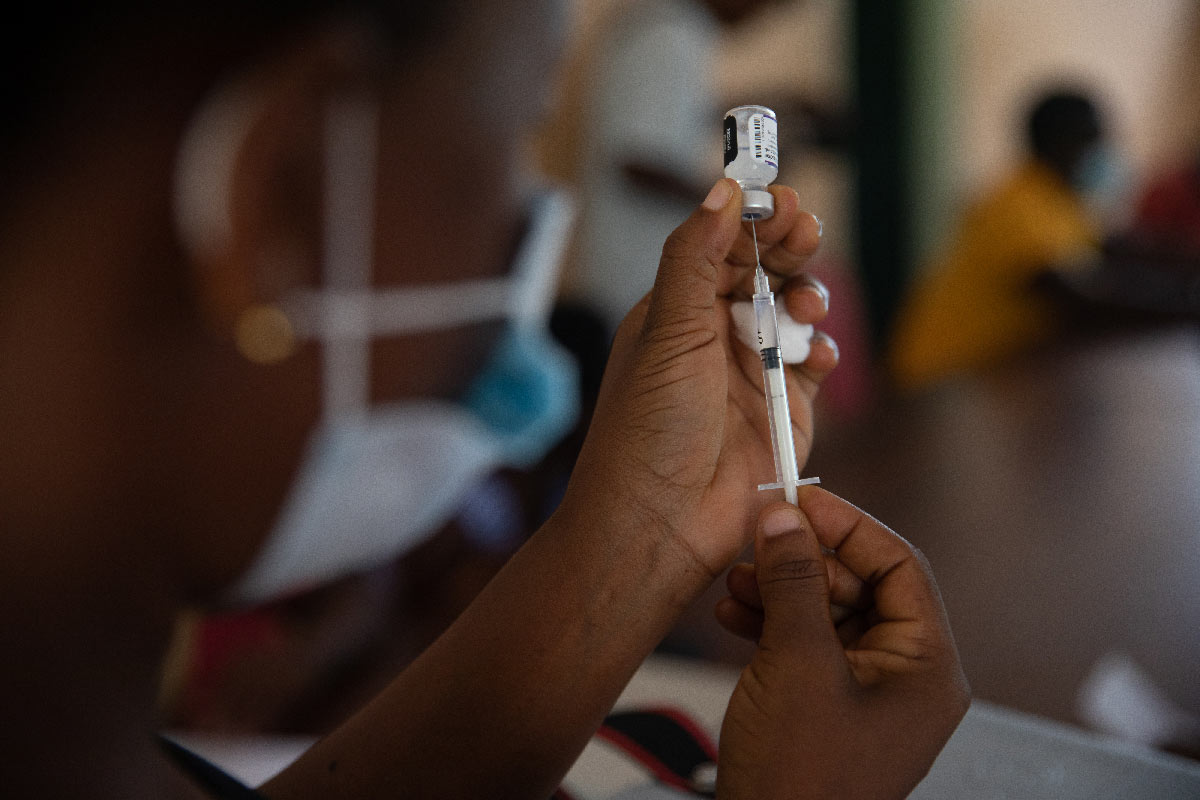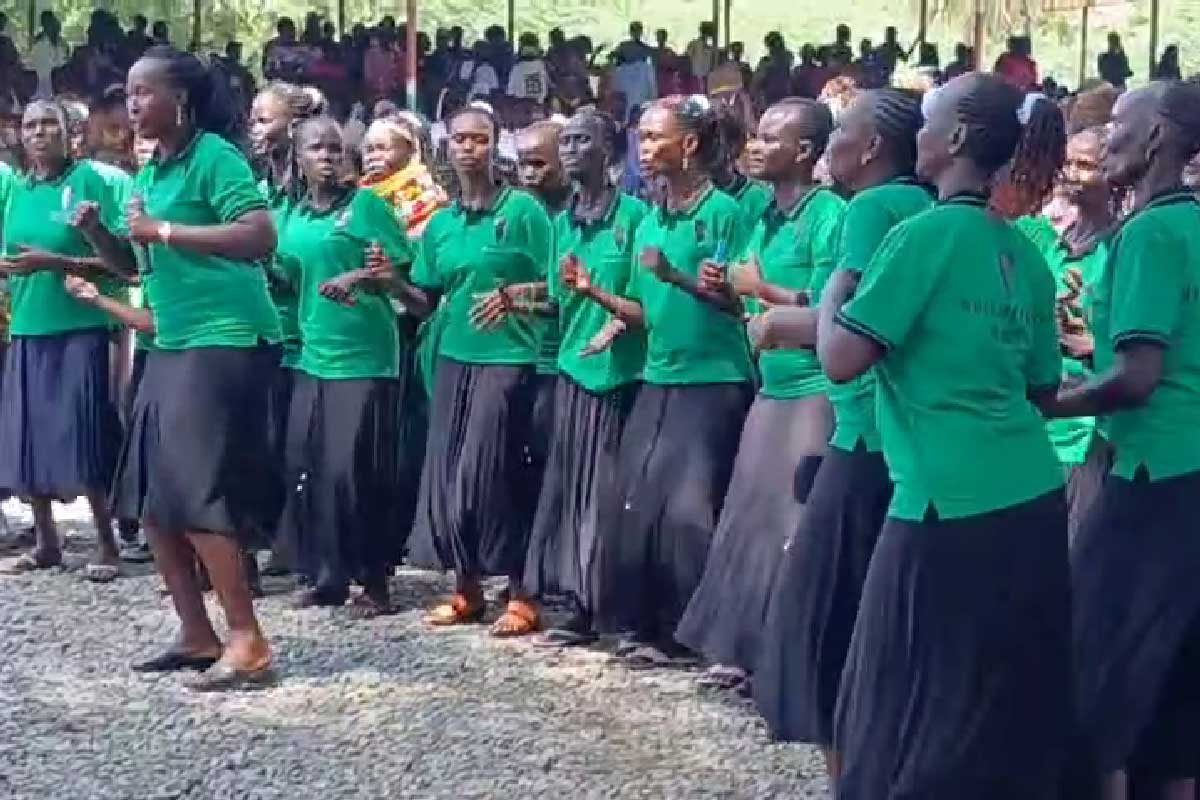What will it take? A practical guide to costing zero-dose strategies
Practical tools to calculate the true cost of zero-dose immunisation strategies.
- 25 September 2025
- 6 min read
- by JSI
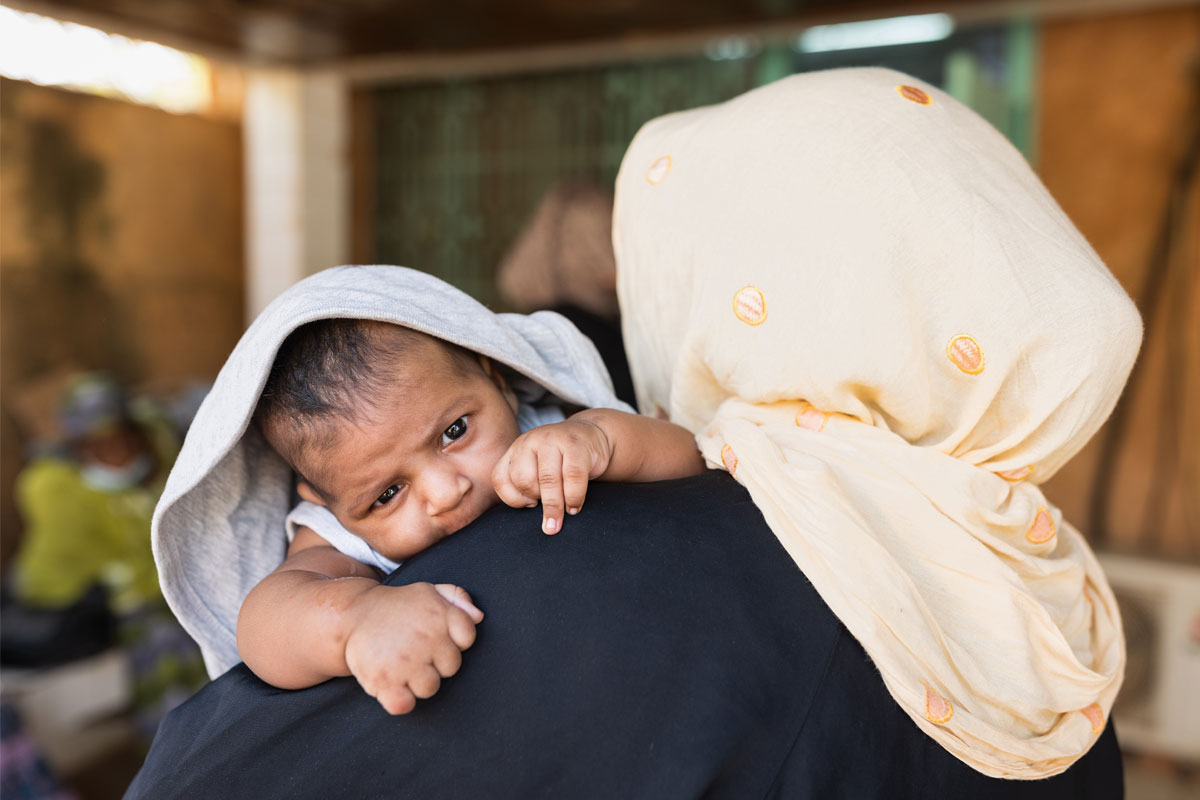
This is the second post in JSI’s Costing Toolkit blog series. While the first post explained why accurate cost data is essential for identifying and reaching zero-dose (ZD) and under-immunised (UI) children, this post focuses on how to apply the ZDLH Costing Toolkit to generate that data. Whether you are a researcher, programme implementer, or monitoring and evaluation (M&E) specialist, the toolkit provides the structure and templates needed to estimate costs, even if you do not have a background in economics.
What does it really take, financially and logistically, to reach the children who’ve been missed by routine immunisation? Many teams struggle to answer this without clear tools or a structured approach to costing analyses. To help fill that gap, JSI, through the Gavi-funded Zero-Dose Learning Hub (ZDLH), developed the Operational Guidance: Estimating the Costs of Interventions to Reach Zero-Dose Children.
The toolkit uses an ingredients costing approach, which breaks interventions into their component parts, such as personnel, training, transport and supplies, to estimate the cost of each input and calculate a total. It supports both financial costs (actual expenditures that must be budgeted for) and economic costs (the full value of all resources used, including donated time and in-kind contributions). This enables stronger planning, feasibility analysis and resource advocacy.
Ingredients costing estimates the cost of an intervention by breaking it down into its individual “ingredients,” such as personnel, transport, supplies and training. Each input is listed, assigned a unit cost and multiplied by the quantity used. The total cost is the sum of these inputs. This approach improves accuracy, transparency and comparability of costing data across settings and interventions. It also supports both financial and economic costing by valuing all resources, whether paid or donated.
Turning cost questions into answers
Designed for practical use by country teams, the toolkit includes editable Excel templates, examples, and clear guidance at each step, from defining your costing question and designing data collection to estimating and interpreting results. The templates include a costing data collection tool, an ingredients cost summary sheet, and a scenario analysis tab to support decision-making. The guidance is flexible enough for both prospective costing (to inform planning and budgeting) and retrospective costing (to analyse what was needed to deliver an intervention).
Users can apply the toolkit to a range of costing questions: what does it cost to implement a house-to-house registration campaign? What’s the cost difference between fixed-post and mobile outreach? How much of the cost is borne at the community level versus the district level? What is the incremental cost of a ZD intervention, above and beyond routine immunisation services?
Whether your goal is to compare strategies, strengthen a funding proposal, evaluate scale-up potential, or improve operational efficiency, the toolkit helps tailor cost data to your decisions.
A closer look: costing the Big Catch-up campaign in Uganda
In November 2024, Uganda’s Ministry of Health launched a nationwide Big Catch-Up campaign to reach nearly 300,000 zero-dose children and more than 675,000 under-immunised children. The Big Catch-Up in Uganda was the country’s national campaign to operationalise the global Big Catch-up strategy, tailored to local needs and contexts.
Have you read?
Although routine immunisation coverage in Uganda exceeds 90% for most vaccines, measles and polio outbreaks have persisted, especially since 2020, revealing immunity gaps. The campaign aimed to close these gaps and respond to a projected increase in zero-dose children in 2024 compared to previous years.
To understand what it costs to carry out the campaign, the Uganda Learning Hub conducted a retrospective costing study in three districts. While previous costing studies in Uganda largely focused on routine immunisation services and financing flows, this study examined the operational costs of targeted interventions specifically designed to reach zero-dose and under-immunised children. The analysis focused on three core interventions conducted through the Big Catch-up campaign:
- House-to-house registration to identify zero-dose and under-immunised children
- Data processing to compile and enter child-level information into national systems
- Targeted outreach to deliver vaccinations in hotspot areas
The study estimated the additional – or incremental – costs needed to deliver these interventions beyond what was already provided through routine services. The team collected cost data through interviews, site visits and reviews of budgets and reports, capturing both financial costs (actual expenditures) and economic costs (including in-kind contributions and volunteer time). They also tracked how many children were registered and vaccinated, using village health team records, health facility line lists and national platforms like DHIS2.
The result was a detailed estimate of the cost per child reached with the first dose of the diphtheria, tetanus and pertussis-containing vaccine (DTP1), along with other key metrics like the cost per child registered or identified.
The study found that during the campaign, the average cost to vaccinate a zero-dose child with DTP1 was US$ 12.30, though this varied widely by district: from US$ 8.30 in Mubende to US$ 68.70 in Kasese, largely due to differences in the number of children reached. The average cost to identify a zero-dose child was US$ 3.07, with Wakiso the lowest (US$ 1.33) and Kasese the highest (US$ 5.75).
As more countries use the toolkit to inform interventions and strategies, shared costing insights can help strengthen cross-country learning and investment planning for interventions to reach ZD children.
These results underscore both the financial investment needed to locate and immunise zero-dose children and the potential cost efficiencies when campaigns achieve greater scale. The final Uganda costing report is forthcoming and will provide detailed findings for policymakers, implementers and researchers. These insights can help decision-makers assess the affordability of the campaign and consider how similar approaches could be scaled or sustained in other regions.
From tools to better planning
The ZDLH Costing Toolkit fills a long-standing gap in immunisation planning: offering practical tools to estimate not only what was spent, but also the full value of resources used and what that means for future vaccination programming. As more countries use the toolkit to inform interventions and strategies, shared costing insights can help strengthen cross-country learning and investment planning for interventions to reach ZD children.
Download the toolkit today, explore the templates, and start applying them in your setting to generate cost evidence that strengthens immunisation programmes and supports the goal of reaching every child.
Led by JSI, with partners the International Institute of Health Management Research (IIHMR) and The Geneva Learning Foundation (TGLF), Gavi’s ZDLH is a global learning initiative to generate evidence and engage stakeholders to identify and reach zero-dose and under-immunised children. As the global learning partner, JSI supports Country Learning Hubs in Bangladesh, Mali, Nigeria, and Uganda to advance evidence-based strategies aligned with Gavi’s Identify-Reach-Monitor-Measure-Advocate (IRMMA) framework. Key ZDLH achievements include demand-driven technical assistance and the development of tools and resources, all aimed at identifying and reaching zero-dose children and integrating evidence into policy and practice.
